Your cart is currently empty!
Category: Uncategorized

Why I created Anti-AI Art.
The AI Art ethics space is rife with debate at the moment, and springing from this is the new Anti-AI movement. At its core, is a belief in the human, and human-made design.
And so, it is into this space that I descended. But how can one person out of approximately 8.1 billion (by projection) help?
Okay, so the first point I should make is I haven’t created new Anti-AI art, but rather reutilised my photography in conjunction with slogans to create fusion art that I can place on T-Shirts, mugs, or other products.
The reason for doing this is that these products, as well as being sellable, are also considered statement pieces. People use these products to communicate, as perhaps they are not as great at communicating verbally. The Anti-AI products work as an ice breaker. Perhaps they are taking a break at work with colleagues, and someone asks about their “# Stop The Bots” mug. Or perhaps they are on the subway, and someone asks about their Anti-AI art T-Shirt. Essentially, they are communicating that they affiliate or believe in something.
But why would I want someone to be doing this? WHat has AI Art ever done to me? Well, that is complicated, and perhaps is linked to my belief that humans are good for creating things. I don’t think that AI should be doing everything for us. There are certain tasks and activities that enliven a human being, perhaps even elevate them. These tasks are good for the soul, and enable us to contemplate life and its meaning. Creating art is one such task, and the danger with AI is that we lose this skill to the machine, not to mention perhaps losing the complexity of art along the way. Humans are going to find it tough to compete with a machine that can fire out (currently) 4 images every 10 seconds, particularly in the employment sphere, whereby employers are going to weigh up cost/benefit scenarios.
However, this isn’t the only problem. In fact, it seems that we are slowly outsourcing our humanity to the machine, leaving it not only to create art, but also to write for us, think for us. If we aren’t working those sectors of our brains for anything complex, then we are actually going to regress in intelligence. This places us at risk of manipulation, in ways we probably already are unable to conceive of.
A further risk factor is in how the controllers of the machines perceive us. If we no longer provide economic value, if we are unable to contribute to society in any meaningful way, then what use are we? This is really dangerous territory. Human’s must maintain their value. But how can we do this when the Artificial Intelligence rise seems so inevitable? We need to get thinking, and…expressing.
So these mugs, and perhaps T-Shirts in future, are really there to get people to question their reality. The “I AM REAL” statement beneath the “# Stop The Bots” line relates to the supplied photograph. A photograph is a representation of physical reality. It’s easy in the current world to become so embroiled in the virtual, that we forget to enjoy the physical. The real world takes a different mindset to enjoy, one perhaps of patience, that of contemplation, that of working to enjoy sharing space with the other. We are in danger of losing this mindset if we chase the small and frequent dopamine hits of the online space. Essentially we are being locked into vicious consumption cycles, and we need to find a way to break it.
So Anti-AI art then. I certainly don’t have all the answers yet. HOw to break the dopamine consumption behaviours, how to get outside more, how to form physical communities again? But perhaps you will have the answers. Or if you don’t have the answers right now, then perhaps you would like to joing the “# Stop The Bots” project by creating your own mugs?
That’s where I’ll leave it. The future is both terrifying and exciting. Let’s hope that we all still have room and the means for expression in 40 years. See you in the future!
Want to support human-made art?
Check out the Anti-AI collection here: KalimetricShop
Or share this post with someone who still believes in the human touch.
Atheism and Utopia
Through having some discussions with friends over a catholic article, the topic of utopia was reached.
The reason for this was a proposal that perhaps utopia is the atheist alternative to heaven, entirely human in it’s construct, a place of luxury, and no work.
This is an interesting perspective, for the specific reason of it’s “unspecificity”. No matter how many times we discuss utopia, we fail to define it. It is as elusive. Many want it, but are unable to express what it is.
Which does beg a question: why is it so prominent in our culture? What does it’s concept signify about the self?
It’s prominence comes from a daily slog, constant battles, and draining integration. At least for many of us. I think people are seeking peace. But there is confusion over how this should manifest, hence the entry of utopia over heaven. God is exacting. He wishes for us to conquer sin and self. Utopia, with its lack of definition, exacts nothing, existing as an ephemeral better. “With AI, we will achieve Utopia”.
It seems, observing, that perhaps what is happening here is as simple as an aversion to work. People do not like working, which can be translated as do not like doing what I don’t want. And here it is that I think we have partially come to the definition of utopia. “A place where I can do what I want, all the time”.
Essentially, it is partially where the individual can run rampant. I say partially, because in the vast majority of cases, people also want a little more from utopia, and that is the presence of others to spend utopia with. This, then, is quite the spanner in the works, because to co-exist, we need some form of compromise over what we do…
To position this slightly differently, if our utopias existed within a computer simulation, where we lived in our utopia, complete with our rules, regulations, and behaviours, and also, we were surrounded by AI Persons (or NPCS), which, crucially, the software masked in order to make it seem like they are real people to us, would we be happy with an existence where our every dream and desire was met? A world of yes men and women? A little thinking surely arrives at the conclusion, that no, this is not utopia, but indeed a sickly, deeply solipsist nightmare. We need other individuals, complete with their own thoughts, behaviours, and opinions. In order to socialise with such persons,we need to work, work towards and with the other in order to understand, and perhaps even enjoy the perspectives gleaned from shared existence.
And how can this sharing of existence occur? How can there be two, three, 100 truths, all equal ways of observing and living life? Surely this in itself points to an infinite source of everything…God. But this definition does not include the incorrect pathways taken in life. That of death, hatred, an aversion to the other. If we can infinitely find ways to love, through God, we must also consider the opposite, a frightful and lonely spiral into the desolation of the singular, the “utopia” which has only the self, and no other.
So, in finishing, we should remember that those who promise utopia have not defined it, because it exists strictly as an individualistic fantasy which paradoxically fails to consider the other, who we wish to spend utopia or immortality with. To exist with someone means the necessity of friction, and thus work to understand that person’s position. Work is what God wishes of us in order to reach that state worthy of heaven. So, we should stop dreaming of an undefined and unreachable “utopia”, and instead work hard for heaven.
This article is written by a Catholic, but does not necessarily represent Catholic perspectives or revealed truth. I am happy to be corrected with inaccuracies.
KalimetricShop Etsy Store Live
I have opened an Etsy shop at https://kalimetricshop.etsy.com
I’m selling one of my “I AM REAL” t-shirts on there, and also some greeting cards.
Any support is great, but remember, printing your own “I AM REAL” shirts with co-ordinates is also a great idea.
First Look: Switzerland Poppy Prints from The Print Space
Here I take a look at my newly arrived Switzerland Poppy Prints from The Print space.

Olympus AZ-210 Super Zoom – Review and Example Images
It is with great pain that I must leave behind my Vitomatic II, and move back to my Olympus AZ-210 Super Zoom.

Despite loving the look and feel of my Vitomatic II, I lost some very important pictures (to me) on that roll. It looks like a shutter issue according to the Reddit analogue community.
So I’m back to my Olympus AZ-210 Super Zoom. I had been using it as a travel camera, there to take the Christmas shots and the like of family. Also, it makes a great wedding camera.

What stands out on the Olympus, as well as I imagine most point and shoots, is it’s versatility. It can be out during the day, with the flash it can be out during the night, it auto-meters dependant on the film, it has a zoom function(38-76), it has a timer, autofocus, and finally, it is theft-proof-UGLY.
Yes, you read that right. The Olympus AZ-210 Super Zoom has the classic 90’s Super Ugly look. Encased in plastic, and shaped like it was handcrafted by THE most boring person on planet Earth, we have here a theft proof gem, particularly if you can pick one up fully working for 20 pound like me.
I have to admit, I’m not much of a technical photographer. I can work a manual film camera, I’ve been through the digital age, but extra functions beyond the timer tend to get ignored by me. So it’s possible this camera has other functions. I wouldn’t know. What I do know is this is a great carry round camera, light enough not to disturb the normal workings of your shoulder, certainly getting within the realms of being a spare carry round.
When I get over the fact that the camera can crack mirrors if it looks at them hard enough, what we have is something highly useable. How often are you in a scene where you can’t take a picture because the light is too low? How often are you scared of your camera being stolen? How often do you leave your camera at home because of weight and size restrictions? As a take-everywhere camera, this is quite perfect.
And so onto the images themselves. I must say that I find them pleasing. They’re not as sharp as you might get with a prime lens, the colours are perhaps ordinary, but you are still getting the film look, which to my mind elevates it over anything digital. There is even a night shot here, in low lit conditions, which I think has come out quite well.
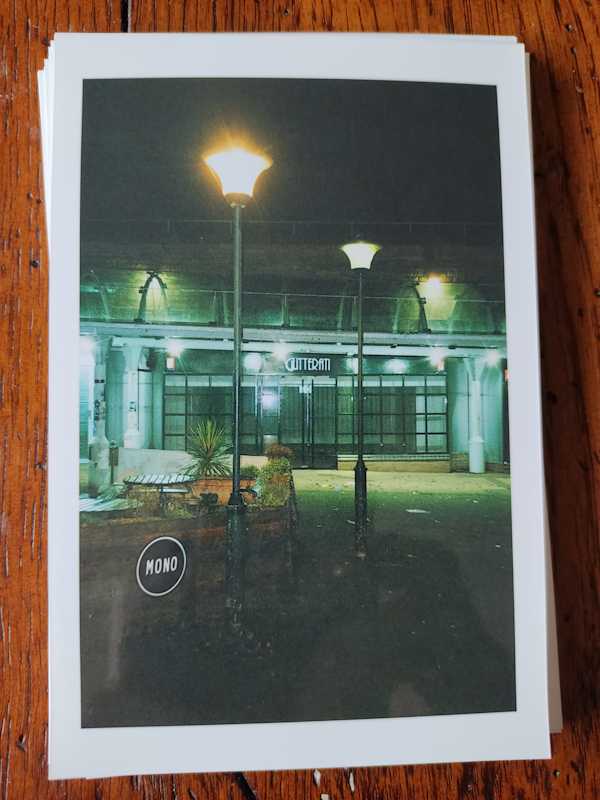
In terms of being robust, well I must confess, I dropped the camera on the floor very early on, and it has continued to work very well, this despite the fact that when I dropped it it split open. Now, don’t go verifying my results – it is still made of plastic, but I thought this was something positive to add. However, at least buy a wrist strap for it, as it’s design is bulky in a way, and not the easiest to get a grip on when you are removing it from the case.
So, finally, I’ll finish with some images so that you can make your own decision.
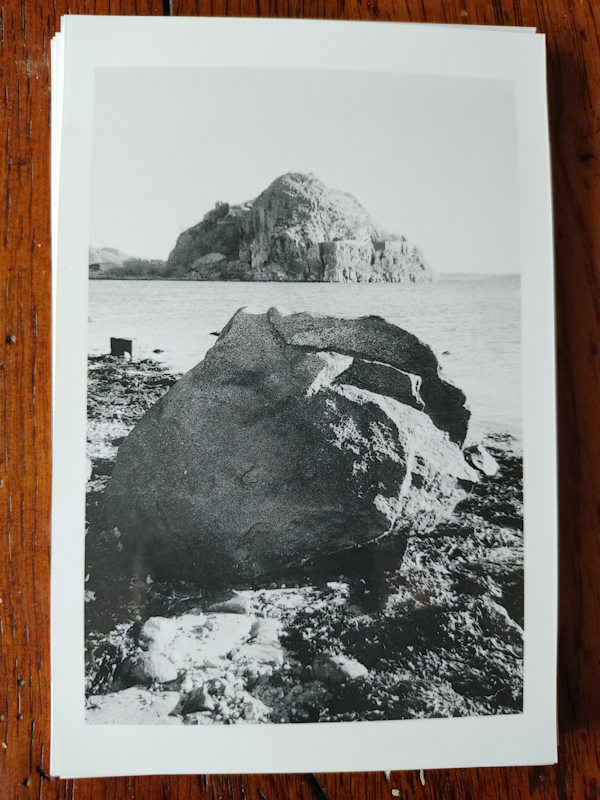
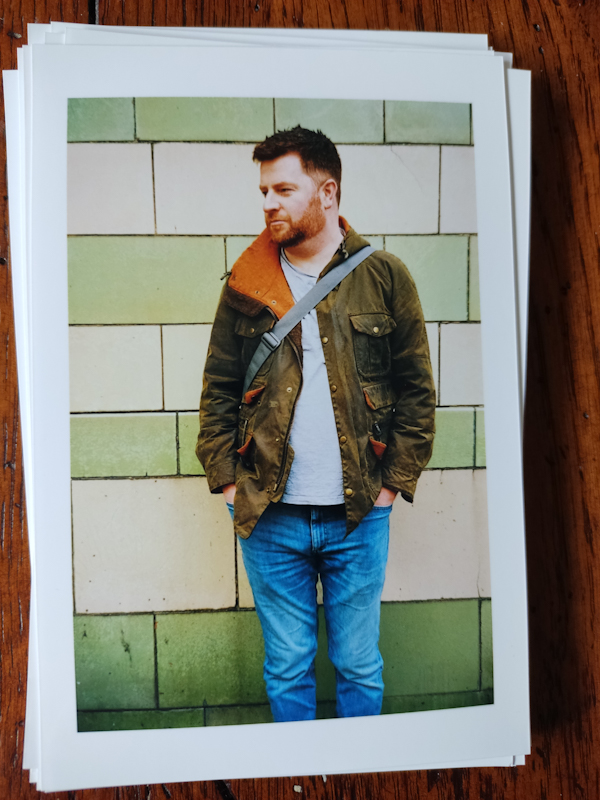
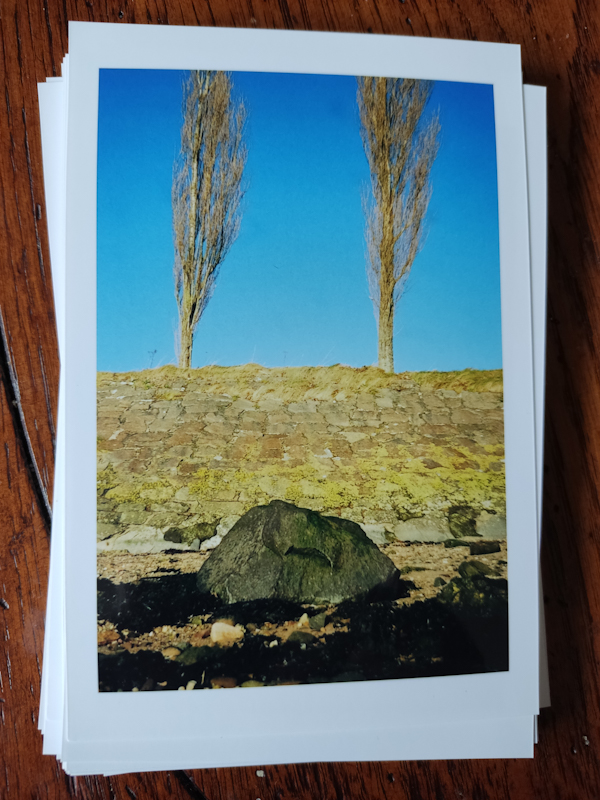
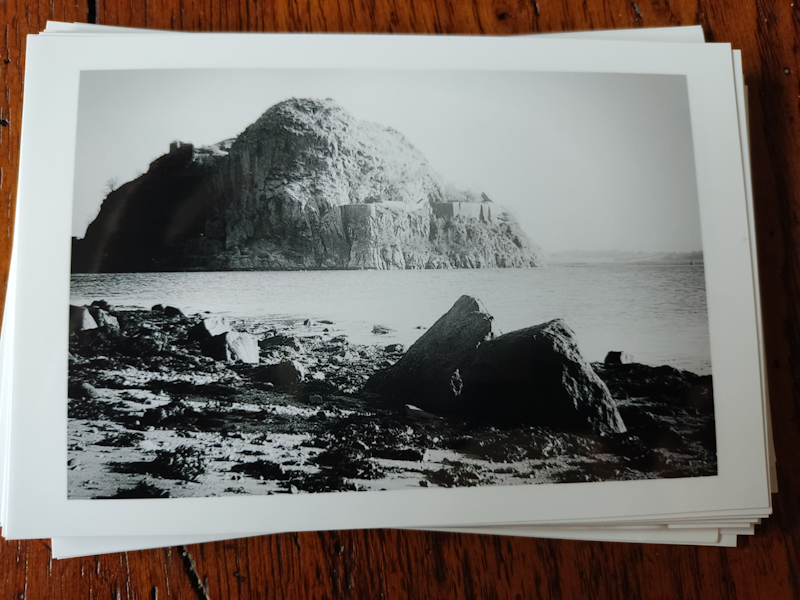
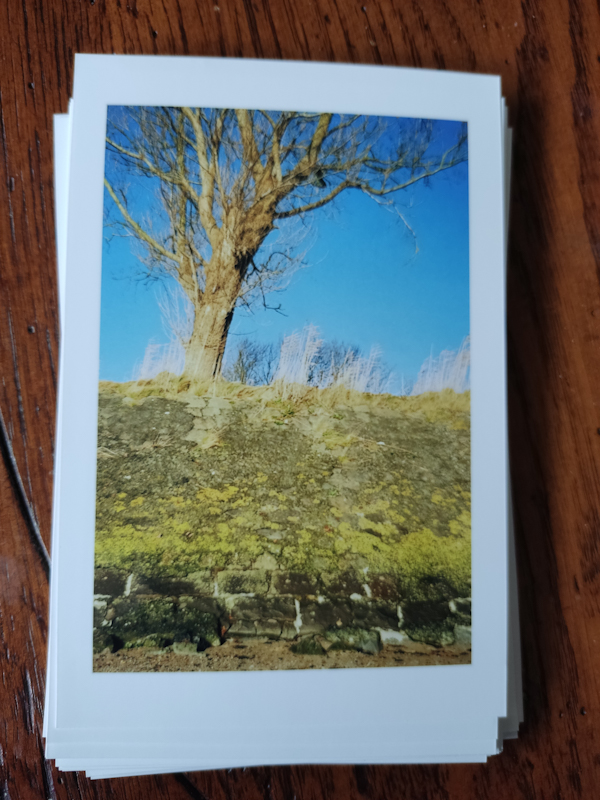
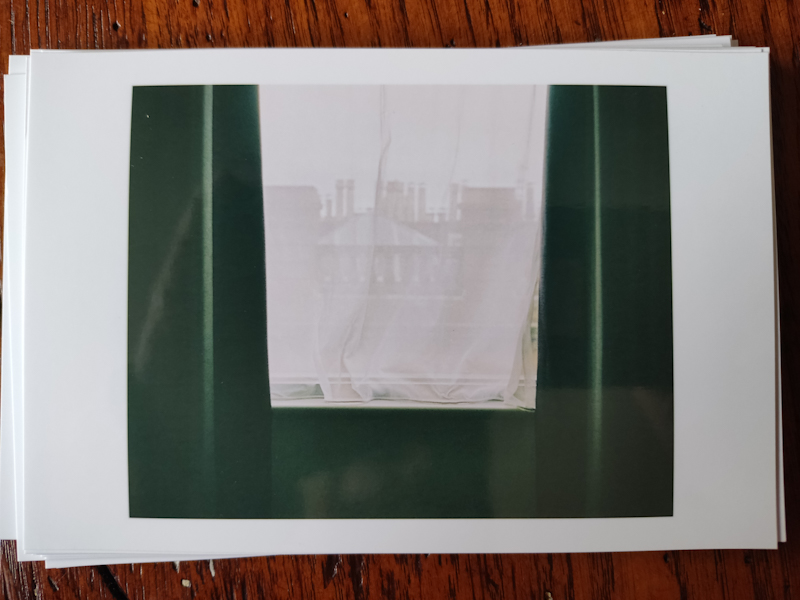
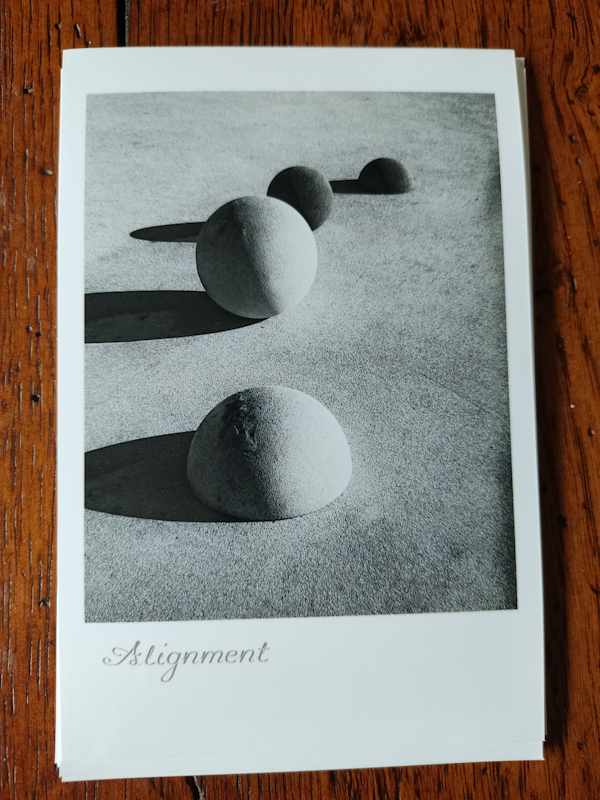
Vitomatic II – example images
I have now had the Vitomatic II with me for a couple of months or so. I have come to love the camera. This despite some quirks: It is not quick to focus, with the rangefinder prism making it difficult to see the double shadow. It is heavy, so much so I had to remove it from my shoulder to drink my beer today. Finally, the lightmeter is a little awkward to use, being located on top of the camera.
Despite these “quirks”, the camera is kind of a joy to use. The weight and full metal construction makes me want to splurge into classic car analogies. This just feels good to use, everything is precise and well oiled. The aperture/shutter dials are genious, removing the pain of calulating away from your brain. Once you get the hang of it, and trusting that your lightmeter is accurate, everything becomes reasonably easy to do. Just some issues with speedy focussing.
Now, onto the pain I experienced when receiving back my first roll of film. Twas an arrow wound to my heart.
Although some pictures were okay, I received a lot of ruined shots, some blank or dark, and a lot with what I can only describe as wavy exposure lines.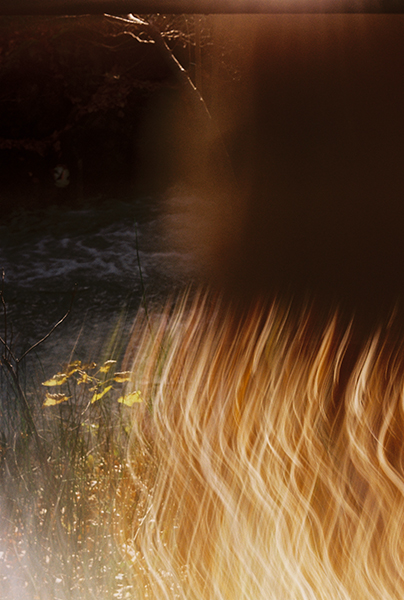
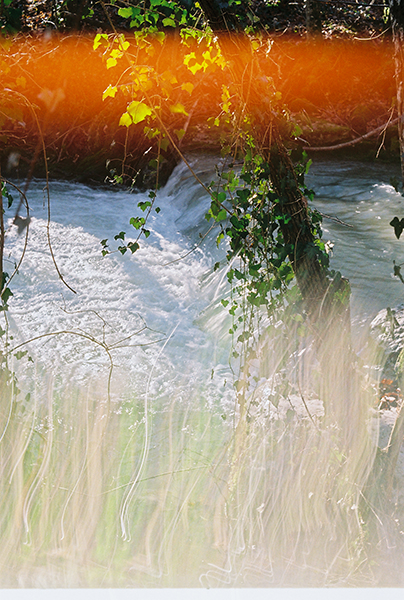
As you can see from the images, these wavy lines have completely ruined the images. So far, I am unsure as to what they are… Is it a small pinhole light leak on the camera somewhere? Why, then, is half the image okay? Could it be a problem with the development process? I’ll need to research more to find out. For the time being, however, I’ll be leaving the house with my trusty backup, the Olympus AZ-210 also in tow, as I think I truly lost a couple of really great shots here. If you know what went wrong, then leave a message in the comments below.
Still, not everything went wrong. I got a number of family shots that came out nicely, so at least those memories weren’t lost (I won’t post them for privacy reasons).
I also got one, yes only one keeper.
It was a fairly routine shot which has really come out in post production with the application of a black and white filter. You can really see the detail in the stonework, and the gradients are fantastic. Overall, I’m very pleased with this, and may offer it as a print in the near future.
For those looking to see colour rendition, I include the shot below, although it not really a keeper.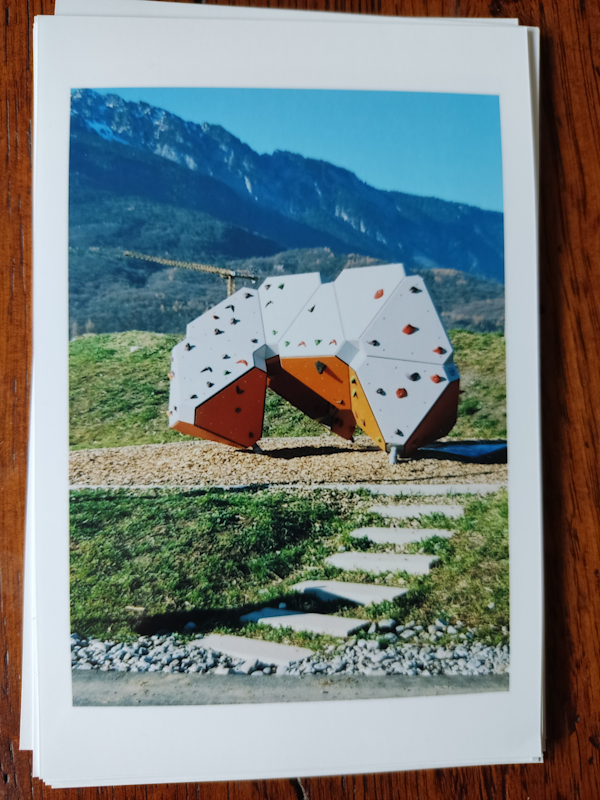
I do still have a policy of trying not to commit orginials to the internet, so expect the above two images to be replaced by print versions shortly!
So, I hope I’ve given a small window into the use of, and results obtained by, the Vitomatic II. Hopefully we can resolve our issues, and continue with a relationship that started out so well.
Let me know in the comments of your experiences with this camera.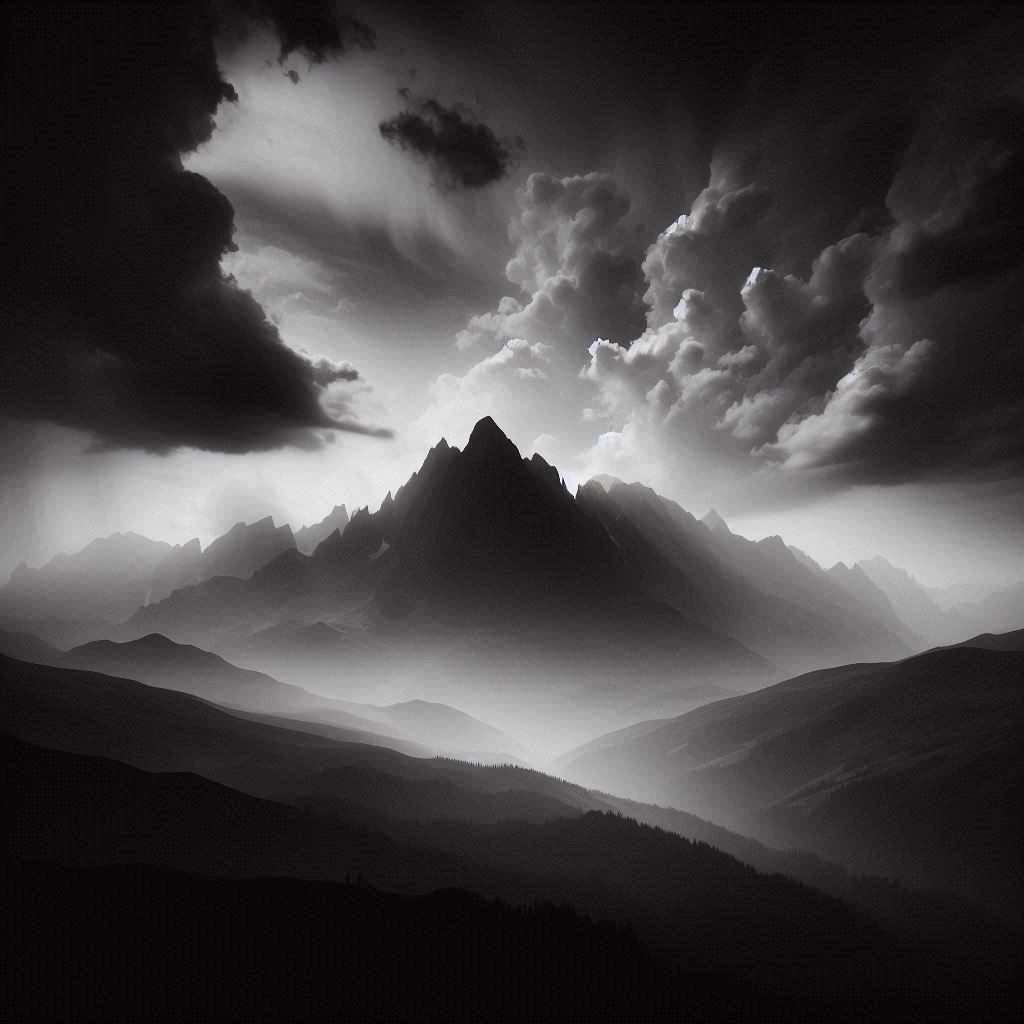
Munro Bagging – Stob Binnein
There is always a strange mix of trepidation and excitement before attempting to bag a munro. Unlike in some other countries, there is usually no ski lift to take you to near the top. Although, it must be said, the mountains are a little lower than, say, the Swiss Alps. Still, for a middle aged, unfit male, the thought of ascending 2000 metres can be a little daunting.
Stob Binnein is a mountain in the southern Highlands of Scotland. It is attached to Ben More, and so often, hikers will ascend both peaks. However, we were approaching from the South, a steeper, and more difficult ascent, but chosen as we could ignore Ben More. One peak was going to be enough I thought, and I was right.I made the ascent with a fitter, more sprightly friend, and 15 mins in, he was already waiting for me. This was going to be tough. I don’t remember much for the next hour, hour and a half, as it was all up steep incline. But finally the trail flattened out a bit, and my legs took on a renewed vigour. The landscape also changed at this point, with the grass taking on a red to mauve colouration. It was quite beautiful, and also motivating. Eventually we were taken to a crest where over the side, we could see the splendour of Loch Voil. A rewarding sight, and we stopped for a number of photos. This is what munro bagging was all about.
Further on, and we were treated to an intimidating view. The mountain began to rise once more, disappearing into billowing mist. The weather was turning up here, and I felt privileged to experience a moment that only the mountain can bring; a feeling of isolation; transportation to a more primitive time; vulnerability mixed with awe. Truly, there is nothing else like it.
The next passage across the ridge was so pleasurable that I forgot about the incline. We peered down into valleys below, where the height was so great that rivulets and lochans formed abstract patterns on the landscape.It was then time for the peak. The mist was great, so much so that it was impossible to see more than 5-10 metres into the distance. Mysterious shapes appeared in front, revealing themselves to be hard rock formations, springing out from the mountain. This last stretch was almost too much for me. My energy supply was depleted. However, I managed to wearily summit. Due to the mist, there was no view to speak of, but I was satisfied. I ate my lunch in silence, drained of speech as well.
The drama did not finish there though. Returning back the way we came, we lost the trail. An argument arose, probably due to our fragile states, and we made the mistake of choosing to split up. I went my way, my friend, his. My path eventually took me to a fantastic spectacle that we hadn’t seen on the way in, a tiny lochan on the mountain, with red reeds sprouting out of the surface. It was truly beautiful, hidden away off the trail, and I felt that I was seeing something that perhaps most missed, whether due to the trail being elsewhere, or indeed due to the season being wrong and missing those red reeds. It was a special moment.
My friend and I eventually reconvened, and we made our way to the car park, ready to head home, our need for high vistas satiated, until another day.
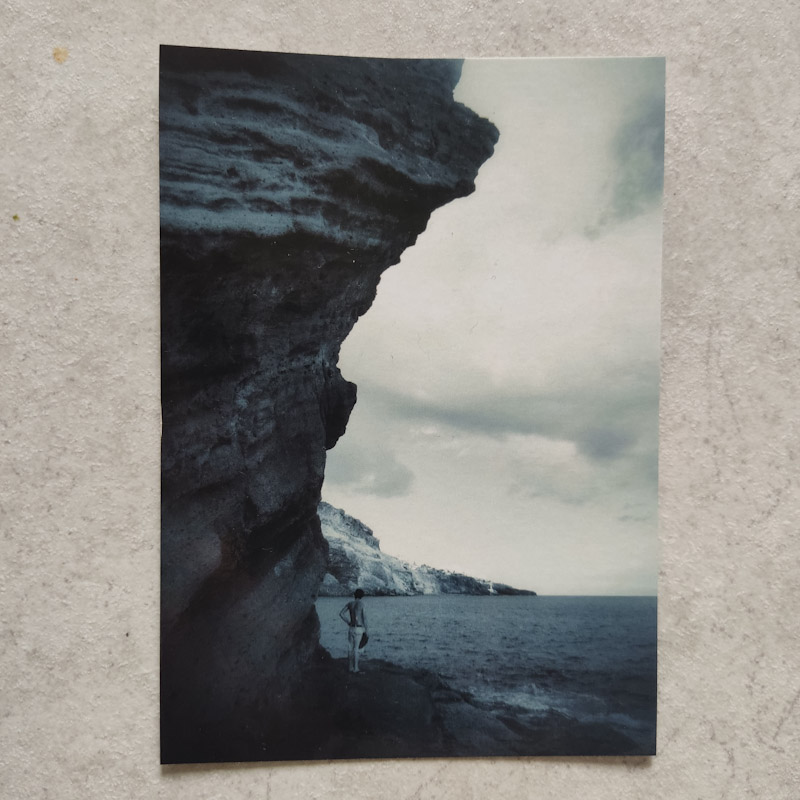
Swiss Post Free Postcard
I applied for the SwissPost free postcard using their app. I wanted to see what this service could do, so I sent one to myself.
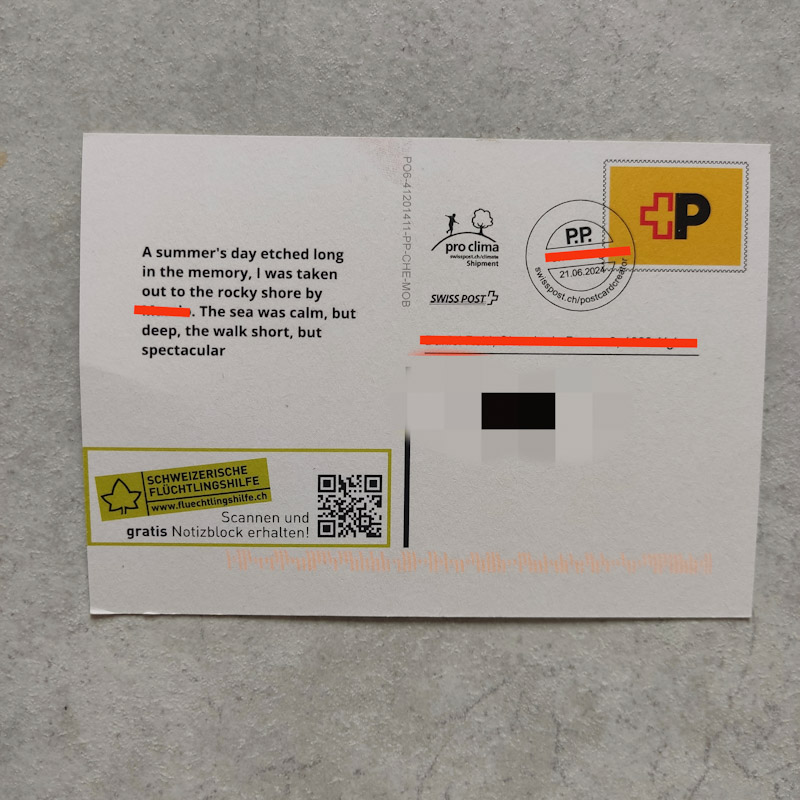
As you can see, the service is pretty good. Okay, so the image doesn’t appear to have been adjusted for print (although, obviously, I can’t confirm this), so the image is a little dark for an indoor setting (although the postman might have got a better view!). But overall, I am super impressed. My message is written on the back too (to myself).
For a free post card, of which you get one per week, you really can’t go wrong. Of course, you can also choose to pay to send postcards too, including internationally. So, there is really is no excuse for not sending that postcard to your mum, now!
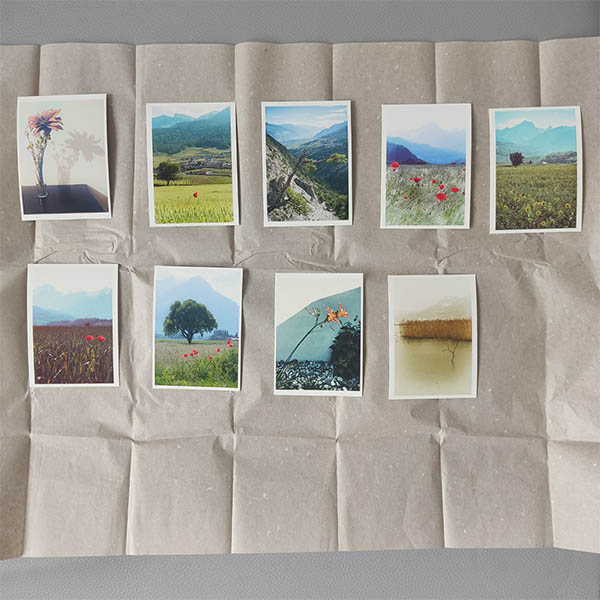
Limited Edition ACEO cards
I have received my limited edition ACEO cards from Printolino in Switzerland (I hear that they are the best). I ordered single copies of nine of my images, and I am now thinking about selling the prints.
Initially, I felt that 100 would be a good edition number, but now I am coming to the realization that an signed limited edition of 1 is more applicable to the space of cards. ACEO cards are highly collectable, and have evolved from the unique Artist Trading Cards (ATCs). As such, it feels more right that these prints become true originals.
The history of photography limited editions really started in the mid 1970s. Prior to the seventies, there were not many galleries dedicated to photography.
Now, however, photography is a valued art form, with many extremely high sales. By example, Le Violin d’Ingre by Man Ray, fetched 12,400,000 at Christie’s New York.
ACEOs are a relatively new concept, but they can still fetch some very high prices. However, making an ACEO a limited edition of 1 is a little scary. They are so small, that you have to hope that they are going to a home that will care deeply for them and store them properly. But it is really nice for collectors to have only one in existence.
Despite the rarity of limited edition ACEO cards, it doesn’t necessarily mean that larger prints cannot be done in similar limited edition print runs. But the size sets must be limited in nature. Normally, there would be a maximum of three sets, but I feel that with an ACEO limited edition of 1 only, we can add it as the fourth set. That leaves 3 sets of larger sizes, which are meant to be seen on a wall. I think this is quite fair, as more detail can be seen on larger prints.
I will be listing these items on my ebay shop.[hurrytimer id=”96″]

Artist Trading Cards Photography
In a deep dive on how artists were sharing work in small format, I came across Artist Trading Cards, and also Art Cards, Editions, and Originals, but nothing much for Artist Trading Cards for Photography, which was disappointing.
Artist Trading Cards (ACTs) started in 1997 in Switzerland. They were the brainchild of M Vänçi Stirnemann, who created 1200 of the cards for an exhibition. Other artists then began to create their own cards, and a new movement was formed.Strictly speaking, ATCs are meant to only be swapped. ACEOs on the other hand can be sold, and so are a different category, one that is frowned upon by ATC purists. ATCs are meant to be one of a kind, and hand-drawn, with the purpose to inspire other artists.
So where do Artist Trading Cards for Photography come into this? Well, if truth be told, there is not currently much information on this. We know that they are collected, but rules surrounding how to trade are sparse. We know, though, that there is a market on Ebay and Etsy.
I feel that these cards are great for the #AbandonDigital movement, but how would one go about getting into this collection hobby? Well, being realistic, we are so far into the Digital Age, that physical events and groups have diminished almost completely. There are now only a few such ATC events dotted around, as seen here, and so it is in the online space that many of these cards are being traded. On a personal level, I’m still very much against uploading my full images to the internet, and so I am experimenting for now with including “Blind” in big letters across my images. I’m also refraining from giving specific location information out online, apart from the wider area (eg. Switzerland).. Instead, people will have to purchase a card to find out the handwritten location. Also, it is important to release these as signed editions I think. 100 seems like a fair edition amount for these small format prints. If there is interest later, then larger format limited editions can be offered.
Look at my Limited Edition Photography Artist Trading Cards here